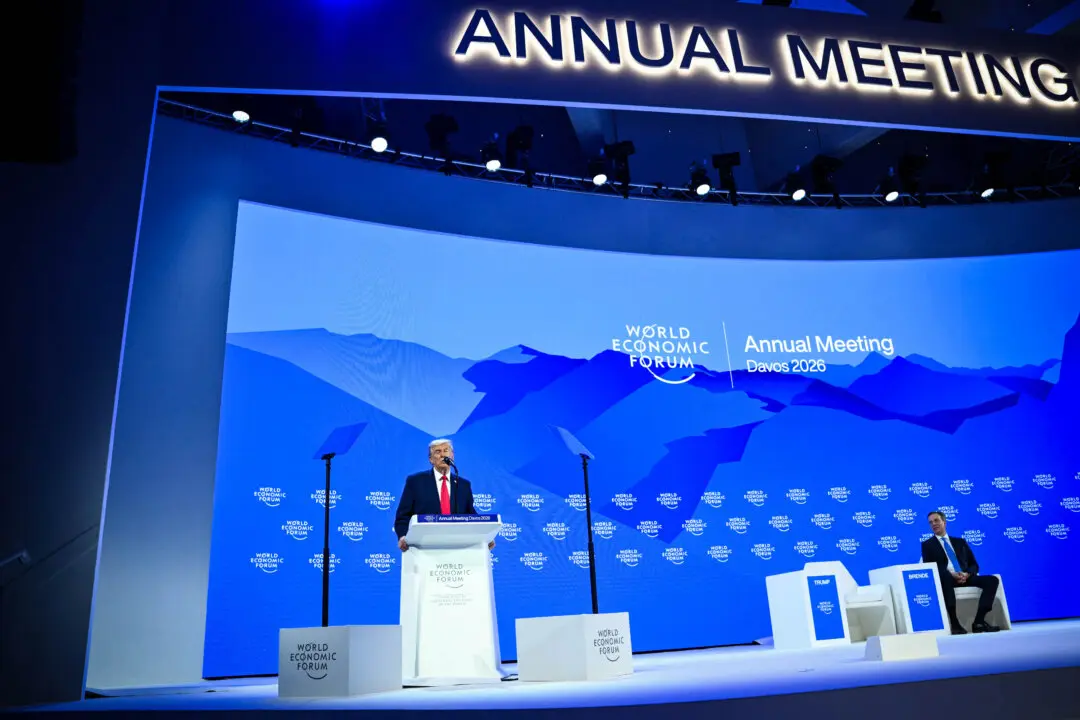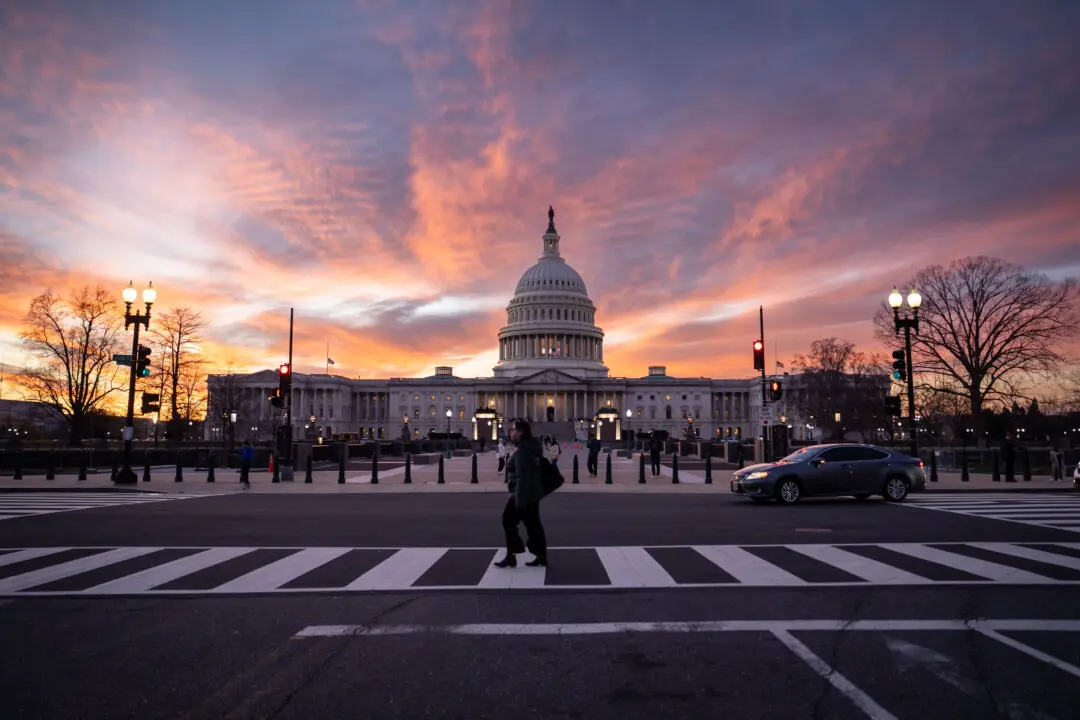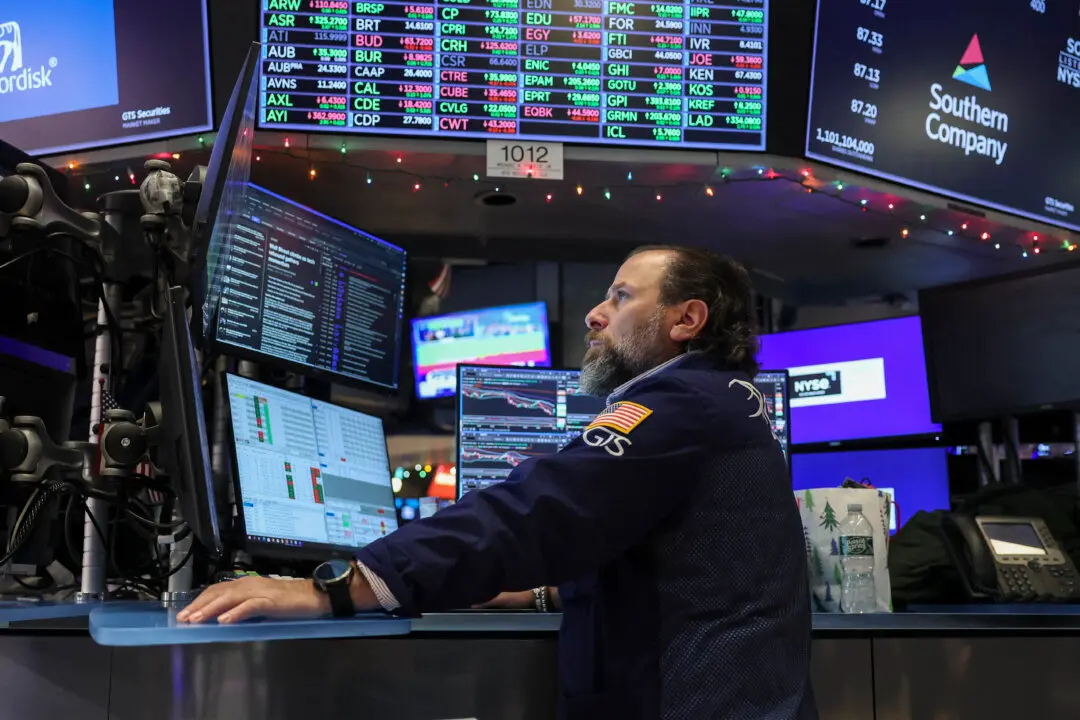It has been a year to forget for global financial markets, and there’s still another quarter to go in 2022. While stocks have captured most of the selloff attention this year, even safe-haven assets have plummeted, including the international bond market, which has experienced its worst performance in several decades.
According to Bank of America analysts, global bonds slipped into a bear market for the first time in 73 years after tumbling by about 20 percent from their peaks.





